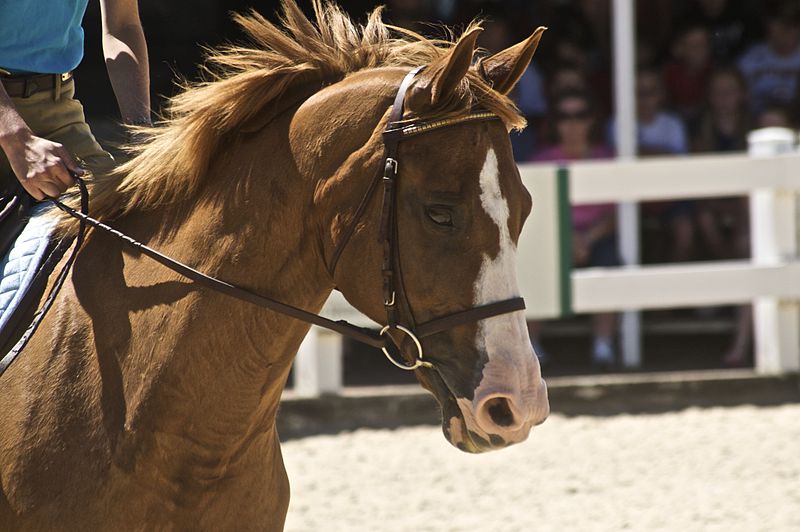The French Saddle
During the Crusades, Arabian and Spanish horses were introduced to Normandy. In the 16th century, Danish, English, Spanish and Barbe stallions were used. In the 18th century, from 1775 onwards, the Prince of Lambese used exclusively English thoroughbred and half-blood stallions. From 1800, Arabian stallions were used. Under the Restoration, Thoroughbreds were introduced to Normandy. From 1840 to 1860, it was the turn of the English half-blood, the Norfolk Roadster. From 1860 to 1920, the Normandy population was able to reproduce on its own. The French Saddle is a cross between these Norman mares and mainly English thoroughbreds, hence the old name of Anglo-Normand “or half-blood”. This name now includes all local half-blood breeds bred for saddle (Angevins, Charentais, Charolais, Limousins, Vendéens, etc.). The breed was made official in 1958 with the opening of the Studbook. In order to improve its dressage abilities, Hanoverians have recently been approved by the Haras. The French Saddle has contributed to the development of several breeds.

Caractère et aptitudes du cheval
Affectionate, highly cooperative, well-balanced, courageous, and docile. Robust and resistant, they are fast and have great jumping ability. Long stride. Supple, energetic action.
Utilisations du cheval
An excellent all-round sport horse (eventing, jumping, steeplechase, show jumping, etc.).
Morphologie du cheval
Broad, fairly strong but distinguished head. Straight or slightly arched bridge of nose. Pronounced gauntlets. Long ears. Wide-set eyes. Powerful, well-proportioned body. Neck often long, strong. Pronounced withers. Sloping shoulders. Deep chest. Quite long, straight back. Wide and very powerful hindquarters. Muscular croup. Strong, solid, muscular limbs. Good bone structure. Strong joints. 21 cm cannons. Coat: all colors, even piebald. Generally chestnut or bay. Height: 1.65 to 1.80 m.
To find out more: the French saddle breed


